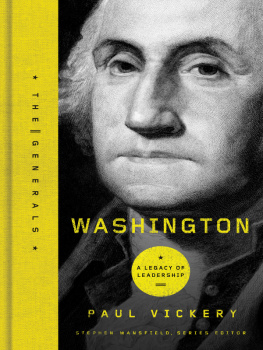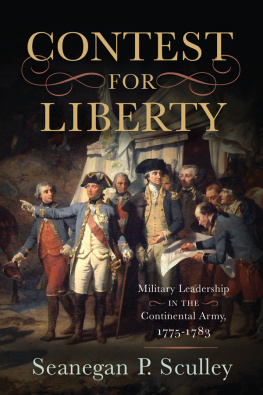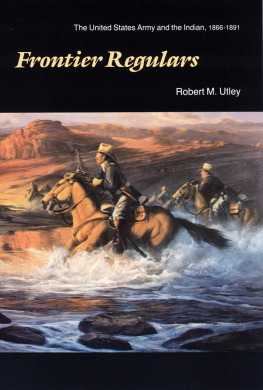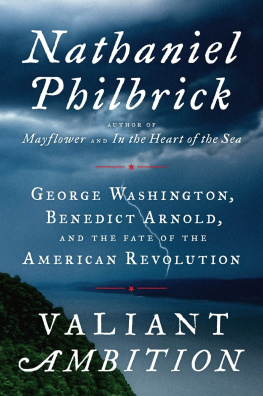Contents
Guide
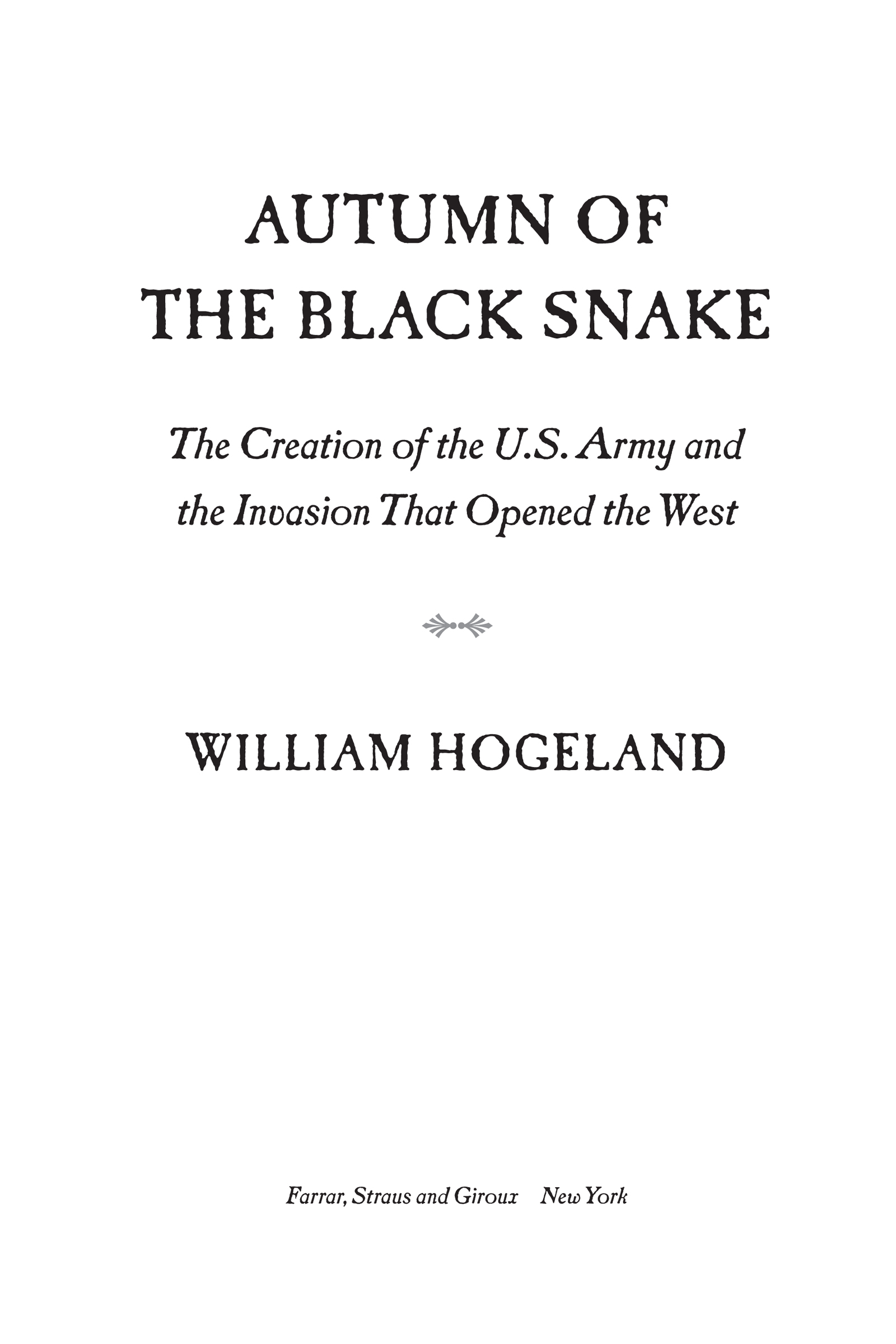
The author and publisher have provided this e-book to you for your personal use only. You may not make this e-book publicly available in any way. Copyright infringement is against the law. If you believe the copy of this e-book you are reading infringes on the authors copyright, please notify the publisher at: us.macmillanusa.com/piracy.
E.W.H.
19292005
Where the Mississippi River drains North America on the southward tilt, ceaselessly carving and enriching the bottomland, France once gave a name to an expanse fanning asymmetrically eastward and westward from that spine of moving sediment. Saying its name in rude mimicry of Cajun, Quebecois, or the Paris streetlike a guttural uhln-wahwould parody how a New Frenchman might have pronounced what his trading partners, designated as savages, called that expanse. Of Europeans, it was traders, soldiers, villagers, and administrators of France who first came to know the Illinois Country. They knew it for a long time.
But unlike the English speakers who came later, the French never knew that region as an American West. They did go west. Early on, seeking inland passage from the St. Lawrence River to the Gulf of Mexico, they navigated Lake Superior before they even knew about Lake Erie. They would name the Platte and ascend the Missouri. French traders would lift their eyes to the white peaks of the Rockies. But that wasnt the main thing.
The main thing, once it was sorted out and made feasible, was to travel up the St. Lawrence River from the citadel Quebec into Lake Ontario, portage around the gigantic falls of the Niagara River into Lake Erie, embark upon rivers running down to wider rivers, cross more of the land bridges known as portages, and finally enter the Mississippi itself as it moved, so treacherously but steadily lower, to posts below sea level at New Orleans and Biloxi and emerge at last in the Gulf of Mexico. This empire wasnt western but transmarine. It stretched from the St. Lawrences mouth at the Atlantic to the Mississippis mouth at the gulf.
The imperial claim, its true, extended for vast distances in all directions. The claimant was His Majesty by the Grace of God the most Christian King of France and Navarre, Count of Provence, Forcalquier, and lands adjacent, Dauphin of Viennois, and Count of Valentinois and of Diois. That monarch listed in his North American holdings everything east and west of the Mississippi, up to and including both the Appalachian Mountains and the Rocky Mountains, and everything north of the Great Lakes as far as the Hudson Bay. Yet he made actual use of a far more limited section of continent. His two great American seats were New France above and Louisiana below. Though often in tension, they participated in a constant imperial motion, undertaken on three types of peculiarly French boats, from the Atlantic to the gulf and back again. The Illinois Country, in between and pulled administratively both ways, serviced that motion, which had one purpose.
Like other people, Europeans had to wear hats. There was no imaginable alternative to covering the head, and a hat had become the standard means, so demand was ceaseless. Smooth, warm fur of the big beaver made the best felt for peltry hats, as well as for other garments, and the beaver had grown scarce in Europe, with a market nevertheless unsaturated thanks to price. Discovering the outlandish abundance of giant beavers in North America had been like discovering gold and silver, or a license to coin them. The supply was evidently inexhaustible, and obtaining it was easy: by the mid-seventeenth century, a host of indigenous cultures, expert in extracting the resource, had become eager fordependent oneverything that Europe made in such high volume: metal, buttons, muskets, glass, tailoring, brandy, and more.
And forts. It was in service of getting beaver and other furs that the French became such great fort builders. Illinois Country Indians often sought protection from the powerful, aggressive Iroquois confederation to the east, and the French built forts, usually with the permission of their trading partners, on the high banks of the Mississippi itself; others they garrisoned near strategic confluences of the many tributaries. A few permanent settlers hugged the network in support, and the villages were nice, with houses standing gaily painted in rows along the riverbanks. While English speakers to the east thought of the region as remote, the more cosmopolitan forts were scenes of balls and soirees; villagers owned mirrors, billiard tables, and neat kitchen gardens. Many years later, American soldiers discovering the ruins of an old fort on the Great Miami River in the former Illinois Country would conclude that no Indian nation could have enjoyed sole hegemony there: the French had been there too.
New France villagers wore the latest Paris fashions. So they wore, of course, the American beaver. Of peltry from America, the hatters of France made thousands and thousands of hats, and French merchants and shippers sold some of them across the sea to the French Americans. That all went on for nearly one hundred years.
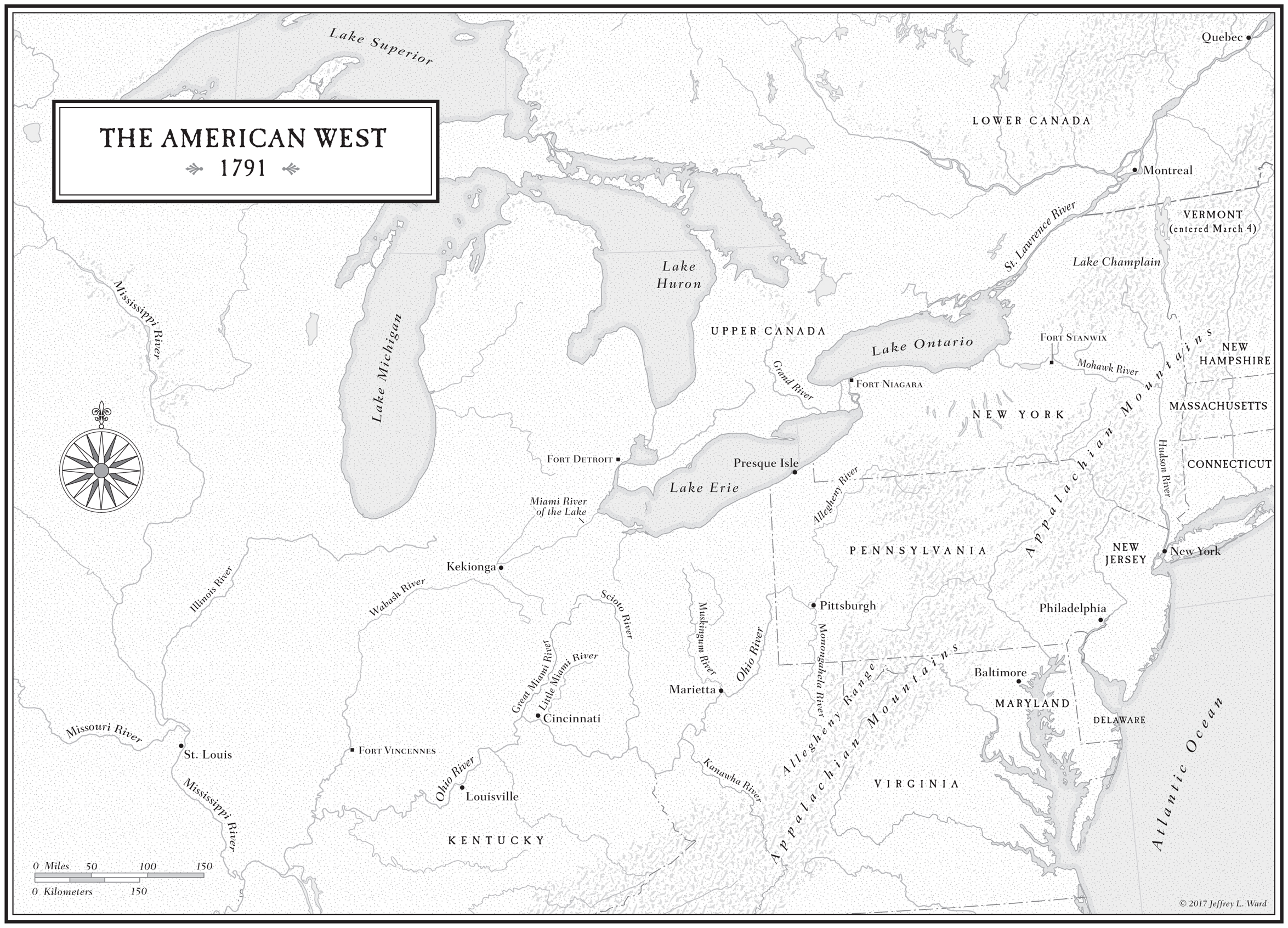
On a November morning in 1791, nearly thirty years after the French Crown abandoned its American empire, a man named Richard Butler sat against a mattress propped against the base of an oak, dying in pain near a bend of the upper Wabash River. Butler came from Pennsylvania, and to him this cold ground, once called the Illinois Country, lay indisputably in the American West, specifically in the Northwest Territory of the United States. Close by and in the distance, others were dying too, hundreds of them. Some screamed and some groaned, and through the smoke of exploded gunpowder came a sharp cacophony of musket and rifle fire, triumphant screams of the enemy, and orders yelled in English and being ignored.
Around the wounded Butler, a group of men and officers crouched in hurried conference. Butler started laughing. Evidently, hed registered the shrieks of a cadet nearby and was struck by the sheer intensity of that noise. A beloved general, hed been shot in the arm while trying to rally troops back from their outright flight in the face of a surprise attack from all sides. Getting his arm in a sling, he mounted a horse to take charge of the collapsing front line; shot again, he fell from the saddle. Four soldiers had lugged and carried him in a blanket to his tent in a row of tents, but he found his wound too painful to allow him to lie down, so theyd propped him against this oak, an especially huge, spreading tree, and stacked two knapsacks on either side to hold him up. Butler was a heavy man, and as he laughed, his sides shook his coat.
Some of the men around him were grieved to think he had no chance; others thought he might make it if they could only remove him from the scene, but it was becoming horribly clear that getting out of here at all, let alone lugging a large man, was more unlikely every second. Most of the officers were dead. The numb-fingered soldiers left alive had been firing as best they could, but as the enemy began to breach the perimeter, they gave up, collapsed their formations, and crowded by terrified instinct toward the center of the field of battle. There they were easy to shoot down en masse.
Now where Richard Butler sat propped, his youngest brother, Captain Edward Butler, appeared, carrying on his back another brother, Colonel Thomas Butler, both legs broken. In pain and with no time to sparearrows were thrumming into the row of tentsthe Butler brothers tried to confer.




